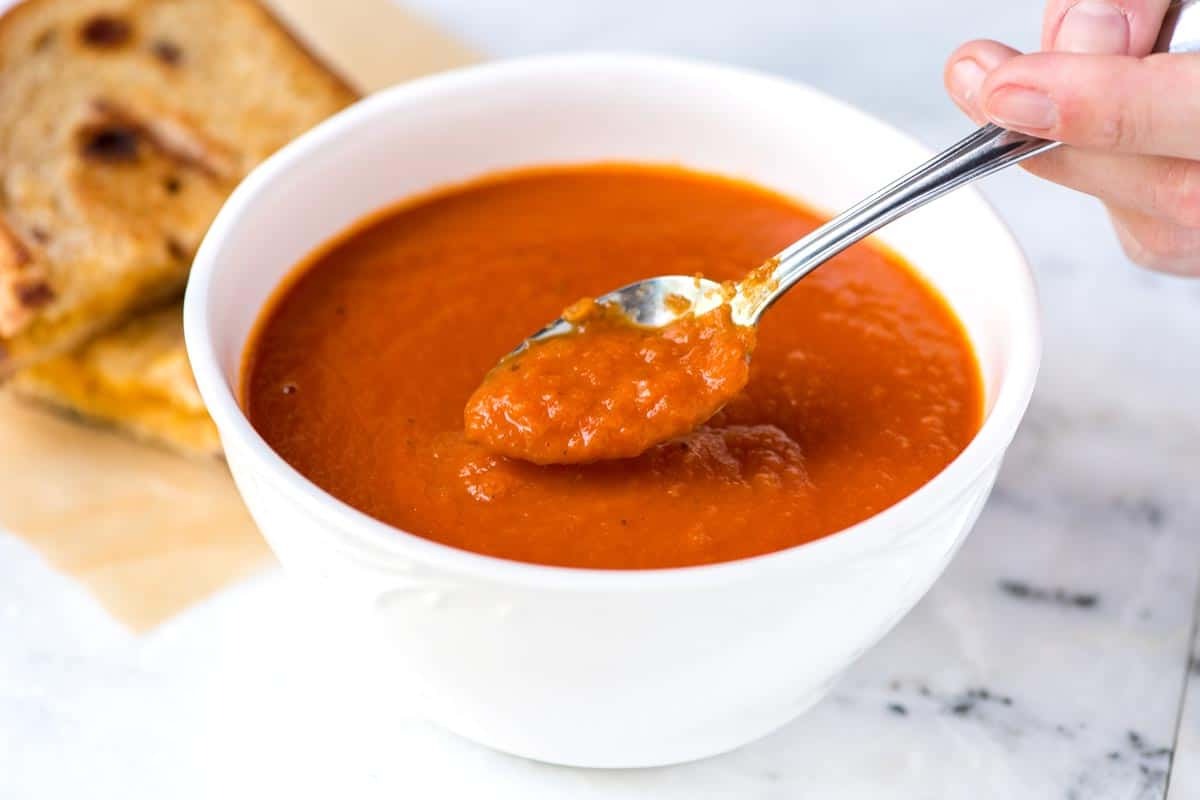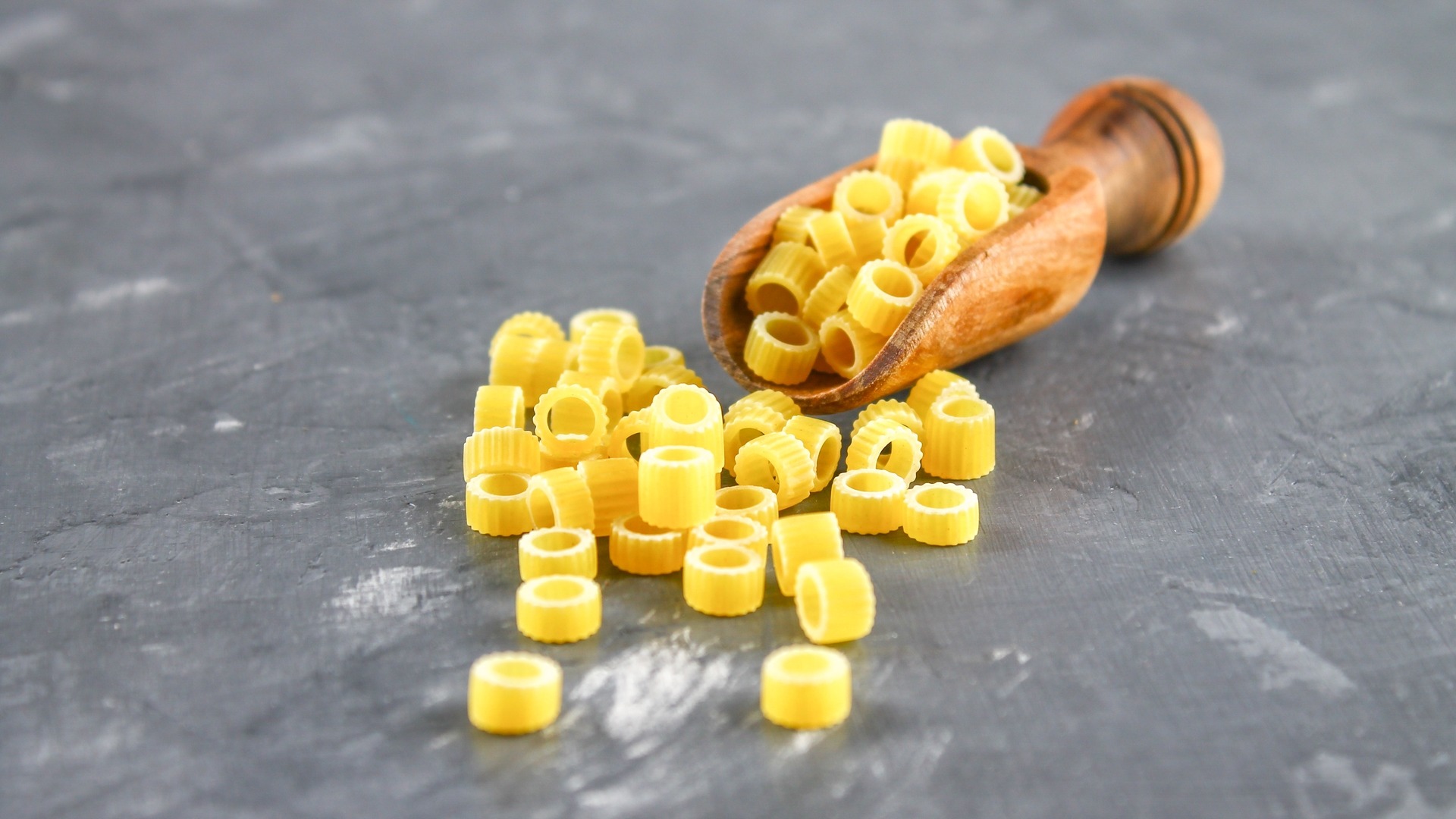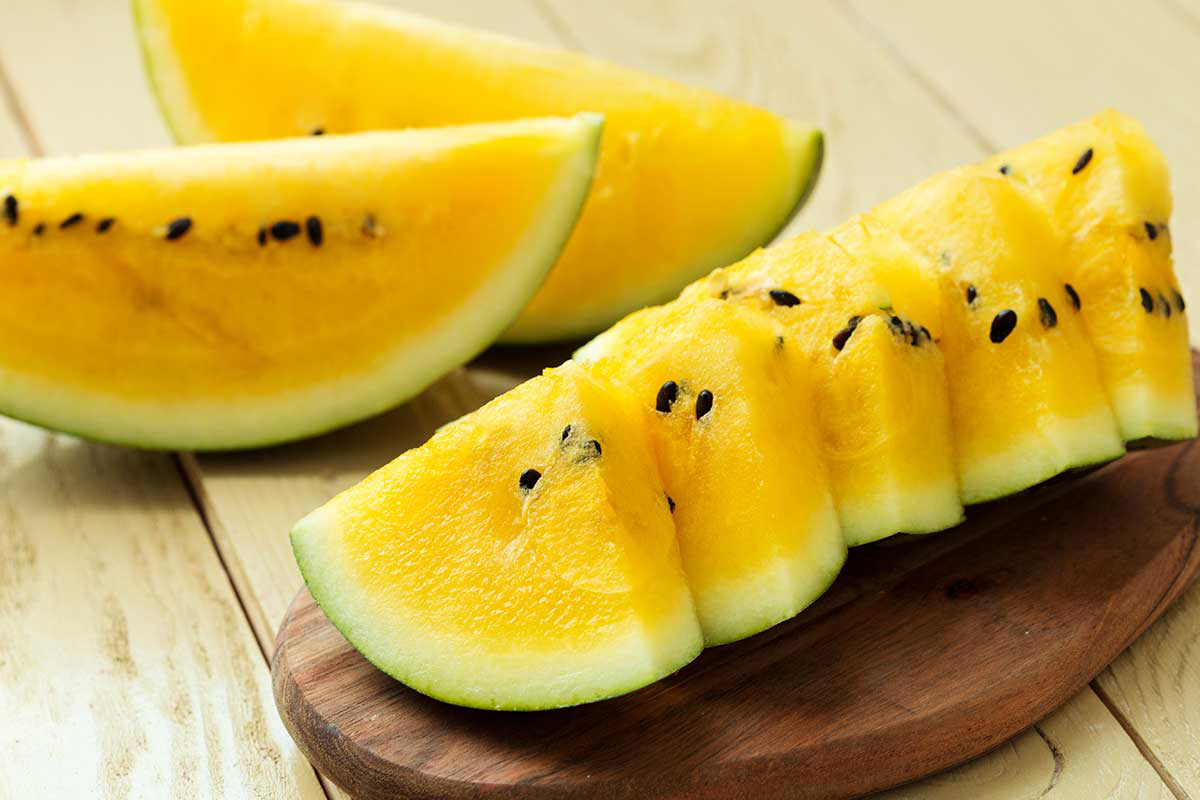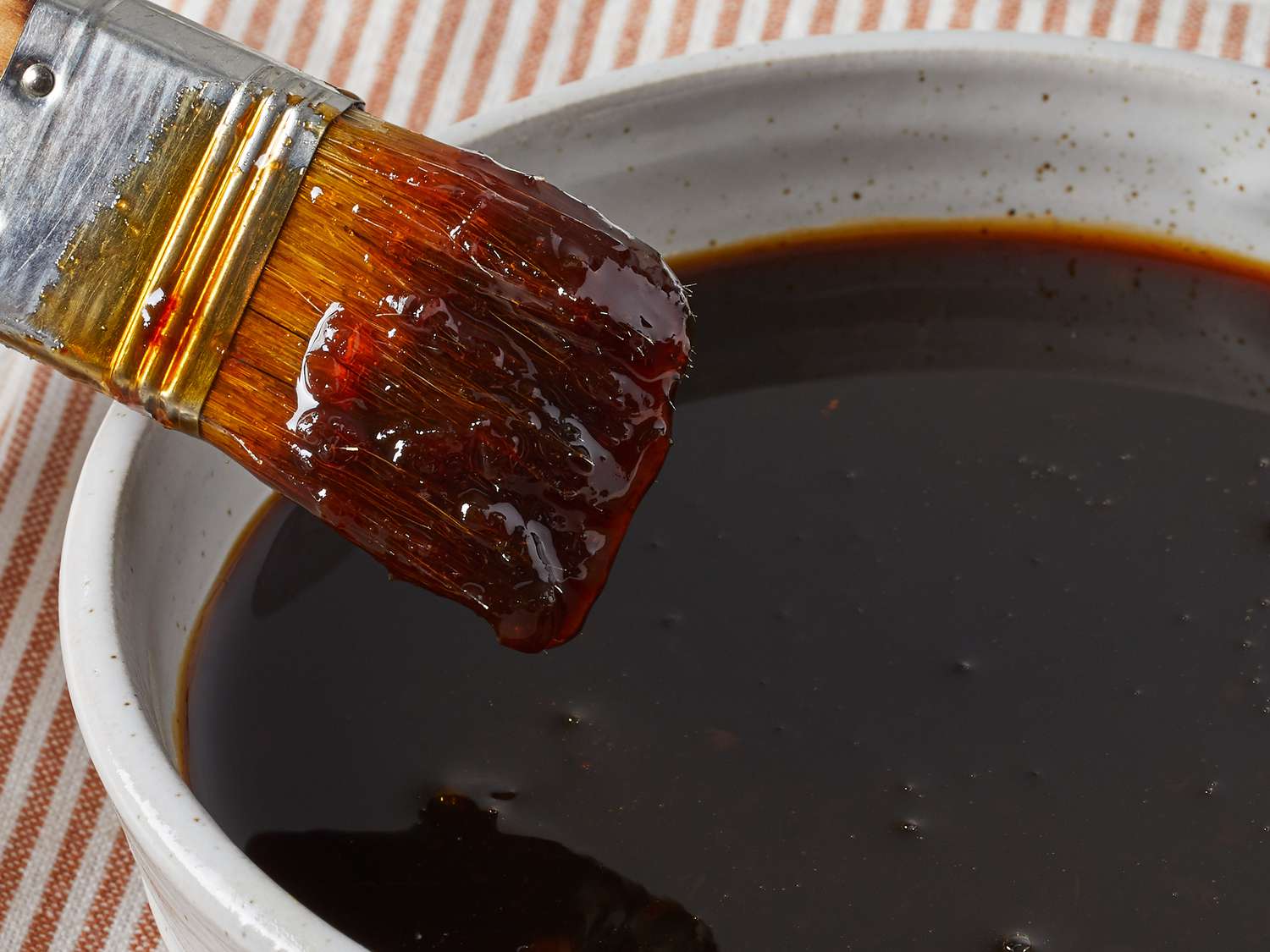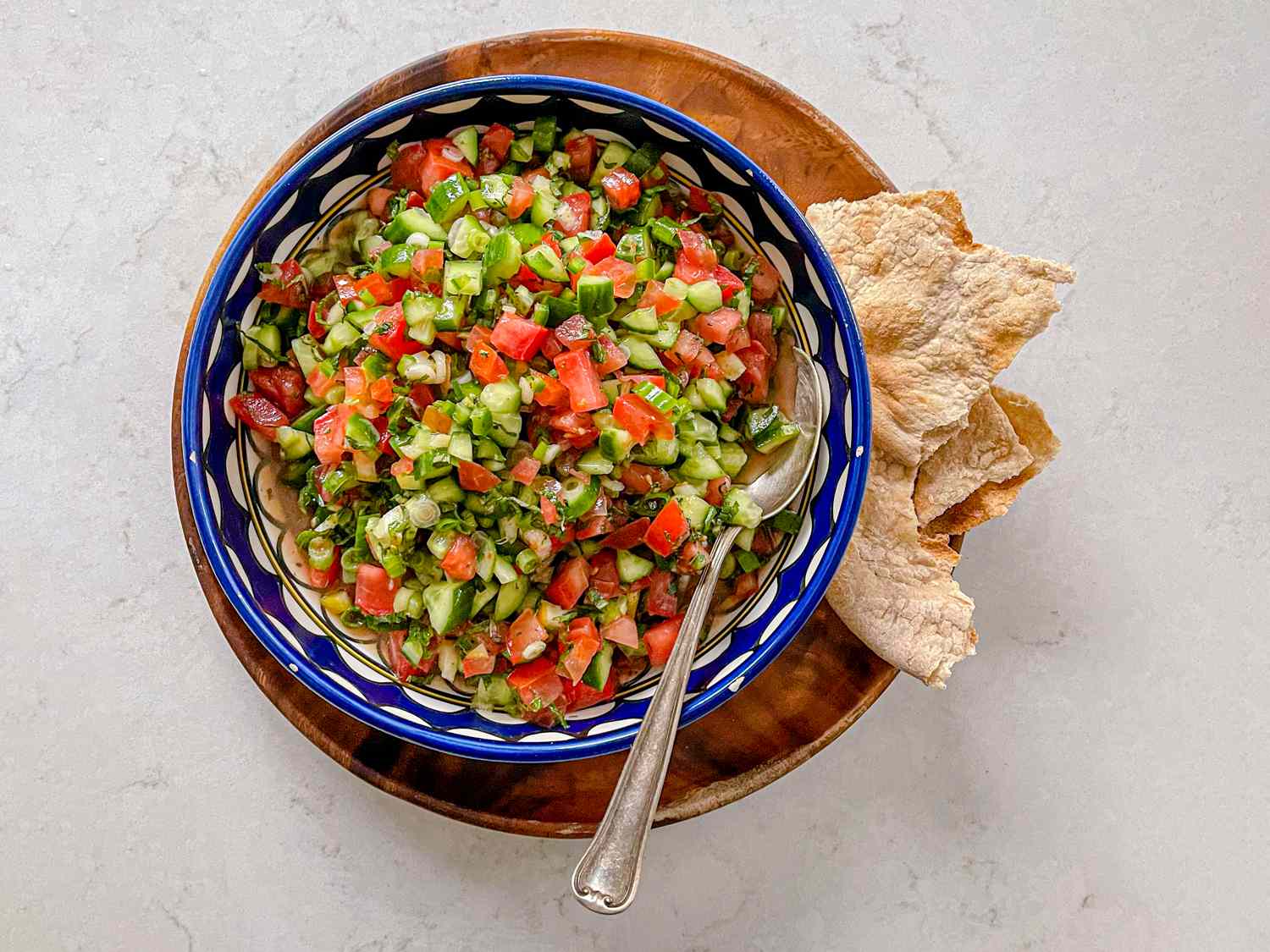When you think of sushi, one of the first things that may come to mind is the vibrant green paste that often accompanies it. This iconic condiment is known as wasabi, and it plays a crucial role in enhancing the flavors of sushi. In this article, we'll delve into the world of wasabi, exploring its origins, flavor profile, and culinary uses.
What Is Wasabi?
Wasabi is a pungent and spicy condiment that is commonly served with sushi and sashimi. It is made from the grated root of the Wasabia japonica plant, which is native to Japan. The plant has a thick, knobby rhizome that is grated into a fine paste to create the wasabi that we are familiar with.
Flavor Profile
The flavor of wasabi is often described as intense and fiery, with a unique heat that is distinct from other spicy ingredients. When freshly grated, wasabi has a sharp, almost sinus-clearing heat that quickly dissipates, leaving behind a subtle sweetness. This complex flavor profile is what makes wasabi such a beloved and essential component of sushi.
Culinary Uses
Wasabi is primarily used as a condiment for sushi and sashimi, where it is meant to complement the delicate flavors of raw fish. Its spicy kick helps to cut through the richness of the fish, providing a refreshing and palate-cleansing element to each bite. In addition to its role in sushi, wasabi can also be used to add a zesty kick to other dishes, such as marinades, dressings, and dips.
Substitutes for Wasabi
Authentic wasabi can be quite expensive and difficult to find outside of Japan. As a result, many restaurants and home cooks use a substitute known as "western wasabi" or "wasabi paste". This substitute is often made from a combination of horseradish, mustard, and food coloring, and while it may not replicate the exact flavor of true wasabi, it provides a similar spicy kick.
Health Benefits
In addition to its culinary uses, wasabi also offers a range of potential health benefits. It contains compounds with antimicrobial properties, which may help to combat bacteria and reduce the risk of foodborne illness. Additionally, some studies suggest that the compounds in wasabi may have anti-inflammatory and anti-cancer effects, though more research is needed to fully understand these potential benefits.
Final Thoughts
Wasabi is a beloved and iconic condiment that adds a fiery kick to sushi and other dishes. Its unique flavor profile and potential health benefits make it a valuable addition to the culinary world. Whether you're a sushi aficionado or simply enjoy experimenting with new flavors, exploring the world of wasabi is sure to add some spice to your culinary adventures.
Was this page helpful?
Read Next: What Is Minced Shallot?
